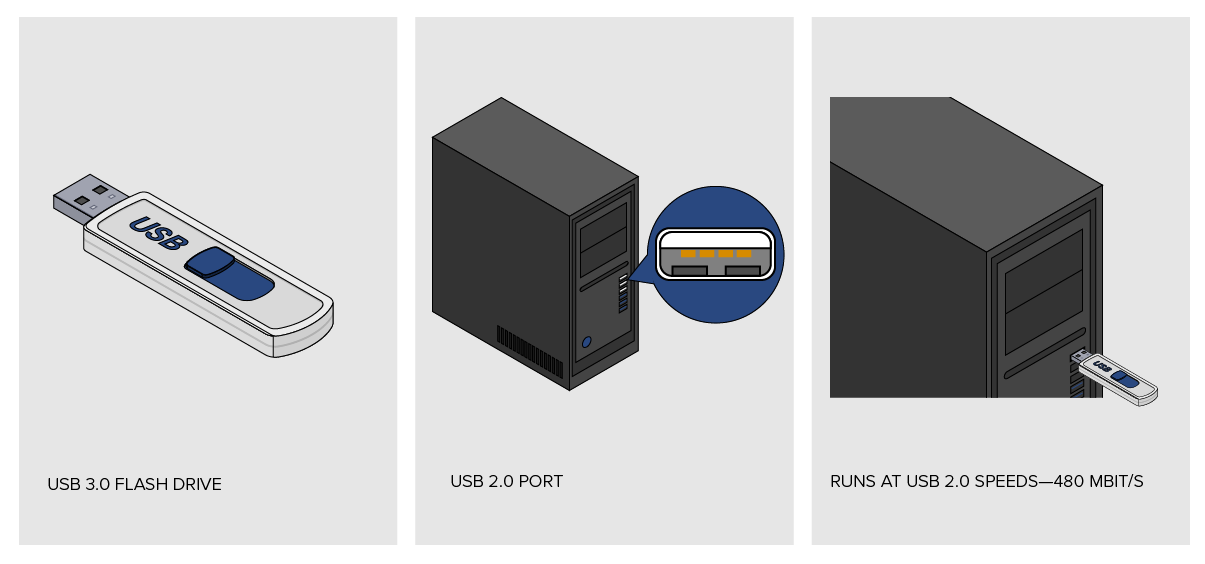
Hence, we’d discuss some commons before talking about their differences. Actually, they share some similarity too. When mention the USB 3.1 vs 3.0 topic, you may think of the differences. You may also be interested in this: Top 8 SSD Tools to Check SSD Health and PerformanceĪfter obtaining a basic understanding of USB 3.0 and 3.1, we will make a comparison between them. The modern SSDs have transfer rates that can strike the limits of USB 3.0 but beyond the 3.1 (at present). In fact, only a few devices are capable of reaching such high data transfer speeds. It runs fast at a speed of 10Gbp/s, which surpasses the speed of Ethernet and the original Thunderbolt. Many users are using USB 3.1 without knowing the fact. USB 3.1 (USB 3.1 Gen 2) is launched in July 2013, which is designed to replace USB 3.0. However, the true transfer speeds of USB 3.0 vary according to the controller and NAND flash configuration. The USB 3.1 Gen 1 technology (USB 3.0) enables multiple streams of data transfer and simulates its fastest signaling bandwidth to 5Gbp/s that is faster than that of USB 2.0 (480Mbp/s). However, the USB 3.1 Gen 1 gains a 10X performance and better power management based on USB 3.0. You need to know that USB 3.0 is renamed USB 3.1 Gen 1 by the USB Implements Forum (USB-IF).īut no technical specifications changes such as ease of use and plug-and-play capabilities have been made to the USB 3.0 port. It is utilized in devices and gadgets manufactured in recent years. USB 3.0, together with USB 2.0, is one of the current industry standards. This part will offer you some basics of USB 3.0, so you will have an overall understanding of this USB version after reading the content. To obtain main differences on USB 3.0 vs 3.1, you need to know them respectively. Today, this post will focus on the topic - USB 3.1 vs USB 3.0, and then analyze their main differences and give you some advice when selecting the port. But, the question - USB 3.0 vs 3.1, which is better, is highly discussed. Hence, USB 3.2 and 3.3 are not widely used now.ĭifferently, USB 3.1, as a newer USB port, gains much popularity.

Besides, you can reach the expected speed with the help of other matching devices such as compatible controllers, cables. However, every version of USB port needs a long time to obtain people’s appraisal. For instance, newer USB ports like USB 3.1, USB 3.2 and 3.3 are also become available for you in nowadays. With the development of technology and increasing demands of people, more and more new USB standards come into being. USB 2.0 and 3.0 are two of USB’s well-known masterpieces.

#Usb 3 transfer rate for thumb drive serial#
USB 3.0 vs 3.1: Backwards CompatibilityĪs you know, USB (Universal Serial Bus) is an industry standard setting up specifications for cables, connectors and protocols for connection, communication, as well as power supply between computers and peripheral devices.


 0 kommentar(er)
0 kommentar(er)
